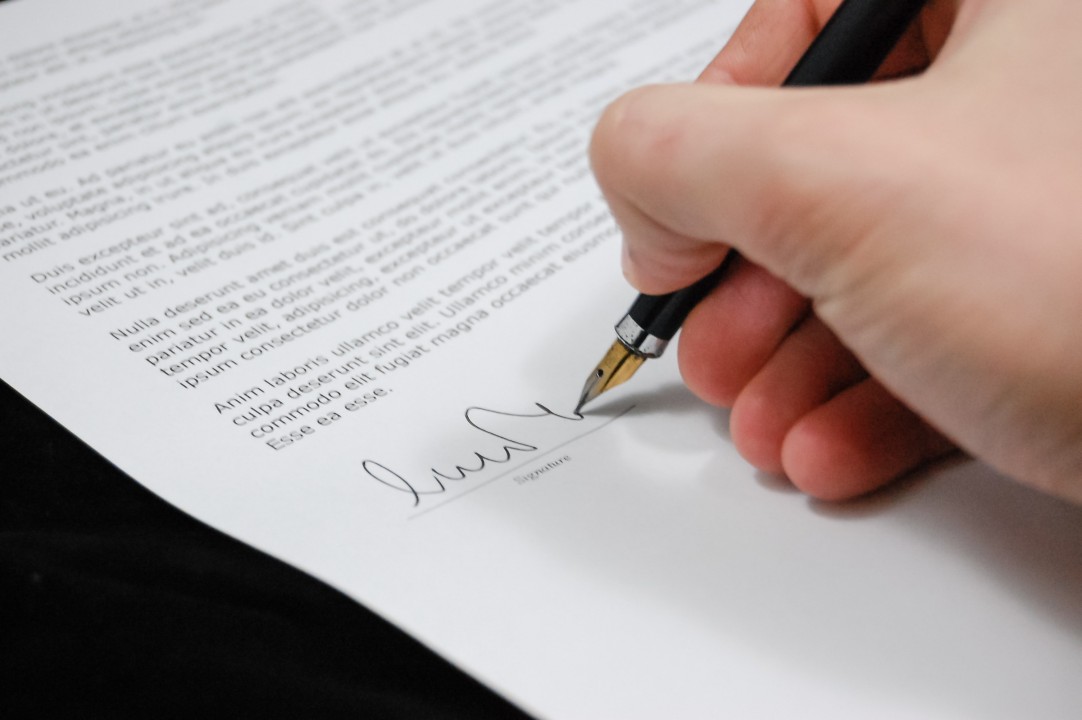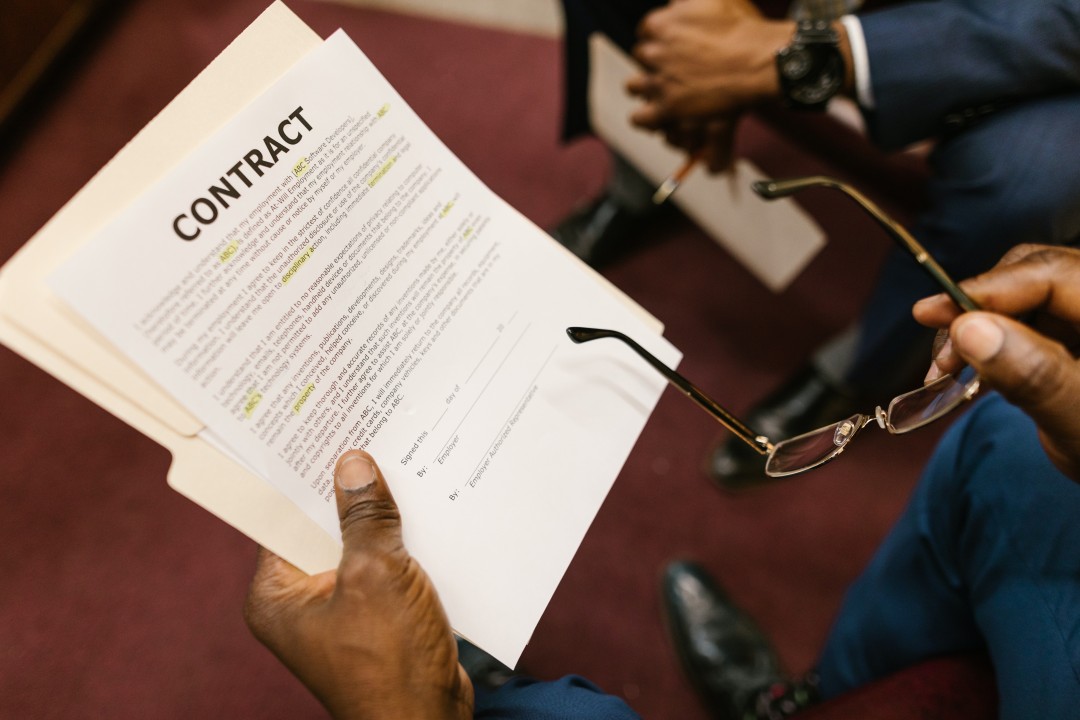One of the most common questions I get as an executive compensation lawyer is if—and when—a client should make the first offer. Should you wait to hear what the other party has to say? How will the first offer impact the negotiation process overall?
Often we are told to wait for the other side to present a number first. We imagine that, by receiving an opening offer, we’ll gain valuable information about our opponent’s position and unlock new clues to inform negotiations.
However, waiting for the other party to make the first move isn’t always the best-case scenario. Keep reading to learn why.
The Effect of Anchors in Negotiation
What’s the anchoring effect? Simply put, the anchoring effect is a cognitive bias that describes the human tendency to rely too heavily on the first piece of information offered when making decisions.
Whoever presents the first offer during a negotiation unleashes the anchoring effect. The first offer anchors and influences all of the negotiations that follow. In presenting the first offer, this move can distort the judgment of the other party—and completely shift the course of negotiations.
When Should You Make the First Offer
Now that you understand the anchoring effect, you won’t be surprised to learn that when you make the first offer, you anchor the upcoming negotiations in your favor.
Thanks to the anchoring principle, the first offer made during a negotiation sets up an unconscious psychological anchor.
This one move sets up the rest of the negotiation—and every move that your opponent makes. By opening first with a strong, aggressive offer, the other party’s counteroffer is influenced by yours.
But before you jump into a negotiation, ready to present the first offer, I urge you to consider these three key steps:
Step 1: Determine what your first offer would even be.
First offers should be aggressive—but not absurd. Many of us, particularly women, fear that a bold first offer will cause the other side to walk away. But more often than not, many of the first offers I see are simply not aggressive enough.
If you don’t move forward with an aggressive first offer, you’re stuck with two undesirable options: You either have to make small concessions to end the negotiations or stand by your demands.
Step 2: Set your reservation and target price.
As you determine what your first offer could be, consider three key components:
- Your starting BATNA: Recognize your best alternative will change during every stage of your negotiation.
- Your reservation price: At what number would you walk away without a deal?
- Your target price: Your ideal outcome for the negotiation
Step 3: Determine if an anchor is really your best choice
We’ve often heard that the first offer sets the agenda for the negotiation. Remember that the first one who drops the first offer is immediately giving intel to the other party. While anchoring has some positive advantages, without a strategy, the one who simply initiates the negotiation anchoring will most likely fail.
In general, the midpoint between the first two serious offers will be where the parties settle. So, the higher the anchor, the lower you go. When you respond to an anchor, it’s also useful to explain where the number came from—explaining your point of view may help you get what you want.
Remember: If the anchor is too high, it can make a deal disappear. Be careful about leveraging an anchor offer, just because you’ve heard that it can help the negotiation. It truly is a case-by-case scenario and requires a tailored approach.
I’m here to help.
Questions, confusion, or concerns about your upcoming negotiation strategy? I offer executive compensation and negotiation support. Reach out to me today and let’s talk about how I can support your professional growth.



